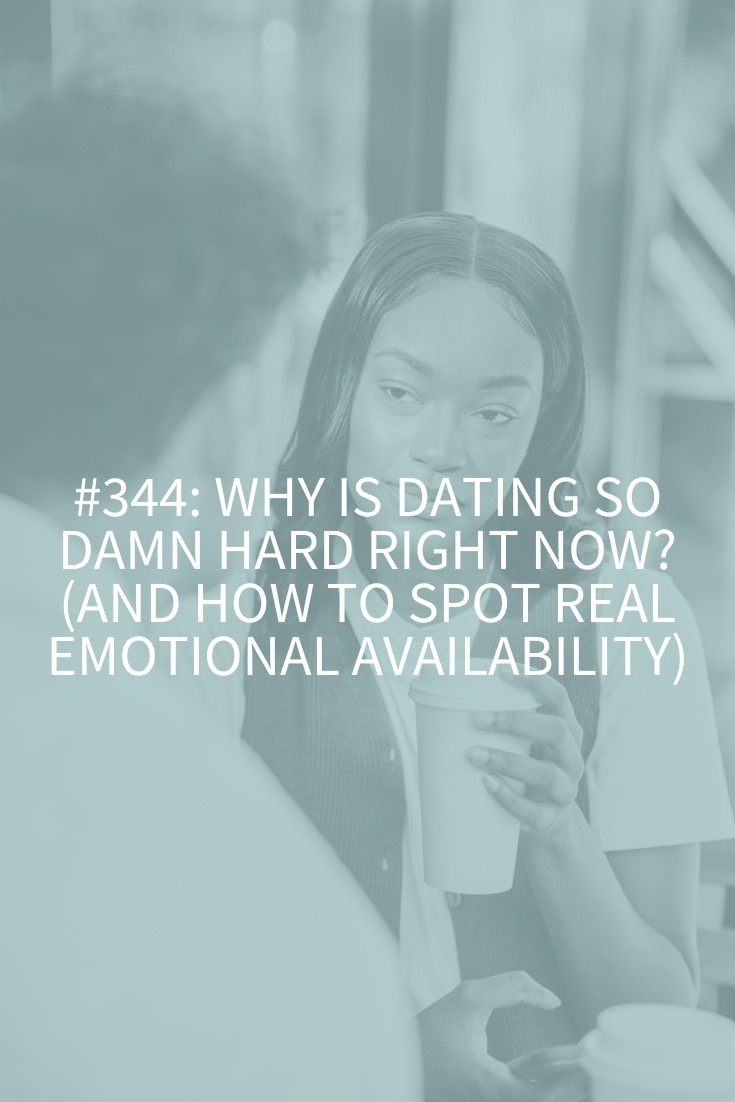
Prefer the more in-depth version? Click here!
Can’t stop obsessing about your ex or worrying about your bills? Or maybe you can’t stop beating yourself up over that “stupid” thing you said at work the other day? You’re not alone! Lots of us just can’t stop those negative thoughts! Luckily, there’s a research-backed way to stop ruminating called “self-distancing.” Today I’m going to teach you all about self-distancing and my top four ways for putting it into practice.
OK, we’ve all been there: beating ourselves up over something we said or did; obsessing about a decision we made and worrying that it was the wrong one; your parents are fighting and you’re feeling anxious about what’s going on.
You need to be able to think about things and resolve them without getting all twisted up in negative emotions and the answer to that is something called self-distancing. Basically, self-distancing is being able to step back and view yourself and the situation more objectively
Here are Four Great Tools to Practice Self-Distancing
1. What Would Someone Else Think?
Picture a loving friend or someone you admire watching this interaction or listening to your thoughts. what would they say or think?
2. Take a Break
A great strategy is to take a break and get, literal, physical or mental distance from whatever’s bothering you or from an actual conflict. By stepping physically or mentally out of the distressing situation, you disrupt that negative momentum. From there you can take a breath and get some perspective.
3. Use He/She/They Instead of I
Make sure your internal dialogue doesn’t use the word “I.” So, instead of asking yourself, “Why am I worried about this?” ask yourself, “Why are you worried about this?”
4. What Would Your Future Self Say?
Another effective tool is to focus on your future self or what the researchers call temporal distancing. You might ask yourself, “How would I feel about this one week or one month from now?” Picture yourself ten years from now and ask him or her, “What are your thoughts about this situation?”
In the end, self-distancing is about increasing the psychological distance from your own self-centered perspective when you’re assessing something. It allows you to detach from emotional situations and helps you make more rational, effective decisions.
Resources
The Real Reason Why You Have Negative Thoughts (and 2 Things You Can Do About It)
Finally Stop Having Negative Thoughts
The Secret to Positive Thinking in All Your Relationships
The Simple Hack to Stop Your Negative Thoughts All Day Long
What Anxiety Really Is and How to Deal with It
Research
Kross and O. Ayduk, “Self-Distancing: Theory, Research, and Current Directions (Article in press).












